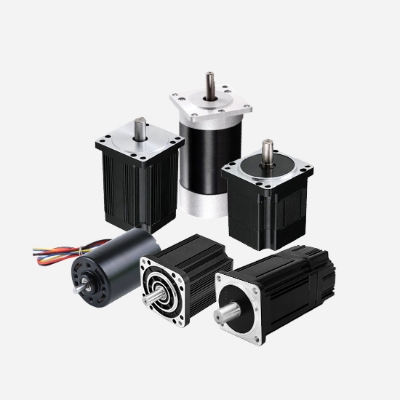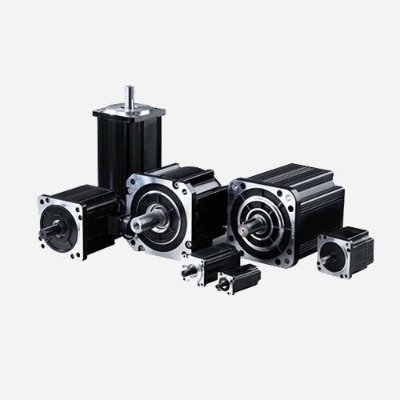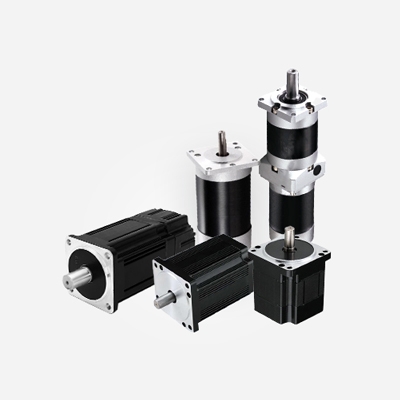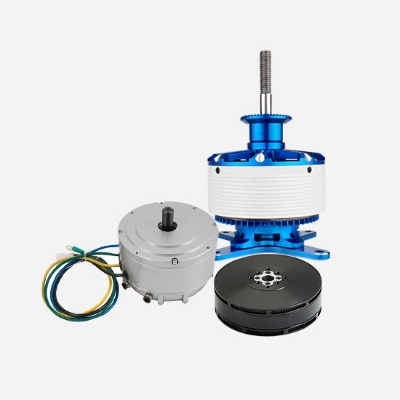Brushless DC worm gear motors are a type of electric motor that combines the benefits of brushless DC motors with the mechanical advantages of worm gears. These motors find applications in various industries, including robotics, automation, and automotive systems. In this blog, we will explore the working principles of brushless DC worm gear motors, shedding light on how they operate and their advantages.

Brushless DC Motor Basics
At the core of a brushless DC worm gear motor lies a brushless DC motor. It's important to understand its fundamental components to appreciate how the entire system functions.
The stator, the stationary part of the motor, generates a magnetic field. In contrast, the rotor, the rotating component, contains permanent magnets. This magnetic interaction is the basis for producing motion in the motor.
Unlike brushed DC motors, which rely on physical brushes for commutation, brushless DC motors utilize electronic commutation. Sensors, such as Hall effect sensors, are employed to determine the rotor's position and apply the necessary adjustments to control the motor's operation.
Permanent Magnets and Stator Windings:
The rotor of the brushless DC motor typically incorporates permanent magnets. These magnets play a crucial role in generating the magnetic field required for motion.
Meanwhile, the stator features coils of wire or windings. These windings carry electric current, creating a magnetic field when energized. The interaction between the stator's magnetic field and the rotor's permanent magnets causes the rotor to turn.
The direction of the electric current flowing through the stator windings determines the direction of rotation in the motor.
Worm Gear Mechanism
The worm gear mechanism is a distinguishing feature of brushless DC worm gear motors. This mechanism comprises a threaded worm (a spiral gear) and a gear wheel.
The worm is typically connected to the motor's output shaft. As the motor rotates, it drives the worm's motion.
The gear wheel meshes with the threaded grooves on the worm. This engagement results in a high reduction ratio, allowing the motor to rotate at a high speed while the output shaft turns at a significantly lower speed but with increased torque.
Precise Control
To achieve precise control over the brushless DC worm gear motor, Hall effect sensors or other position sensors monitor the rotor's position.
The feedback from these sensors is essential for adjusting the timing and phase of the current in the stator windings. This feedback loop ensures accurate control of the motor's speed and direction, making it well-suited for applications where precision is paramount.
The Role of Worm Gears
A worm gear consists of a worm (a screw-like thread) and a gear (a toothed wheel). The key feature of worm gears is their mechanical advantage. As the worm turns, it meshes with the gear and exerts force on it. Due to the nature of this interaction, worm gears provide significant torque multiplication, making them ideal for applications where high torque is required.
Now, let's introduce worm gears into the equation. A worm gear consists of a screw-like thread (the worm) that engages with a toothed wheel (the gear). When the worm turns, it drives the gear, resulting in a mechanical advantage that provides high torque and reduced backdriving capability.
Combining Brushless DC Motors with Worm Gears
Brushless DC worm gear motors combine the brushless DC motor's rotational power with the mechanical advantage of a worm gear set. The BLDC motor serves as the input to the system, and its output is connected to the worm gear set. The worm gear set, with its threaded worm and gear, acts as a speed reducer and torque multiplier.

Brushless DC worm gear motors incorporate a BLDC motor as the input and a worm gear set as the output. The BLDC motor provides the rotational power, which is then transmitted to the worm gear set. The worm gear set reduces the speed of the motor's output while significantly increasing its torque. This combination offers several advantages:
High Torque: The worm gear arrangement provides substantial torque multiplication, making these motors suitable for applications requiring heavy loads to be moved or held in place.
Precision and Positioning: The worm gear design offers excellent precision and positioning capabilities, allowing for accurate control of rotational motion.
Reduced Backlash: The worm gear's inherent design minimizes backlash, ensuring minimal play or slack in the system, which is critical for many applications.
Working Principles
To summarize, here's how a brushless DC worm gear motor works:
The brushless DC motor generates rotational power.
This rotational power is transmitted to the worm gear set.
The worm gear set reduces the rotational speed and increases torque.
The output of the worm gear becomes the final output of the motor, offering precise, high-torque motion.
Brushless DC worm gear motors are a powerful combination of a brushless DC motor and worm gear set, offering high torque, precision, and minimal backlash. Understanding the working principles of these motors is essential for choosing the right solution for your specific application. Whether you are building a robot, an automated system, or an automotive component, brushless DC worm gear motors may provide the performance characteristics you need to succeed.
Only by understanding the working principle of the BLDC Worm Gear Motor can you know what characteristics of the product you need. Brushless provides a variety of motors for you to choose from.




